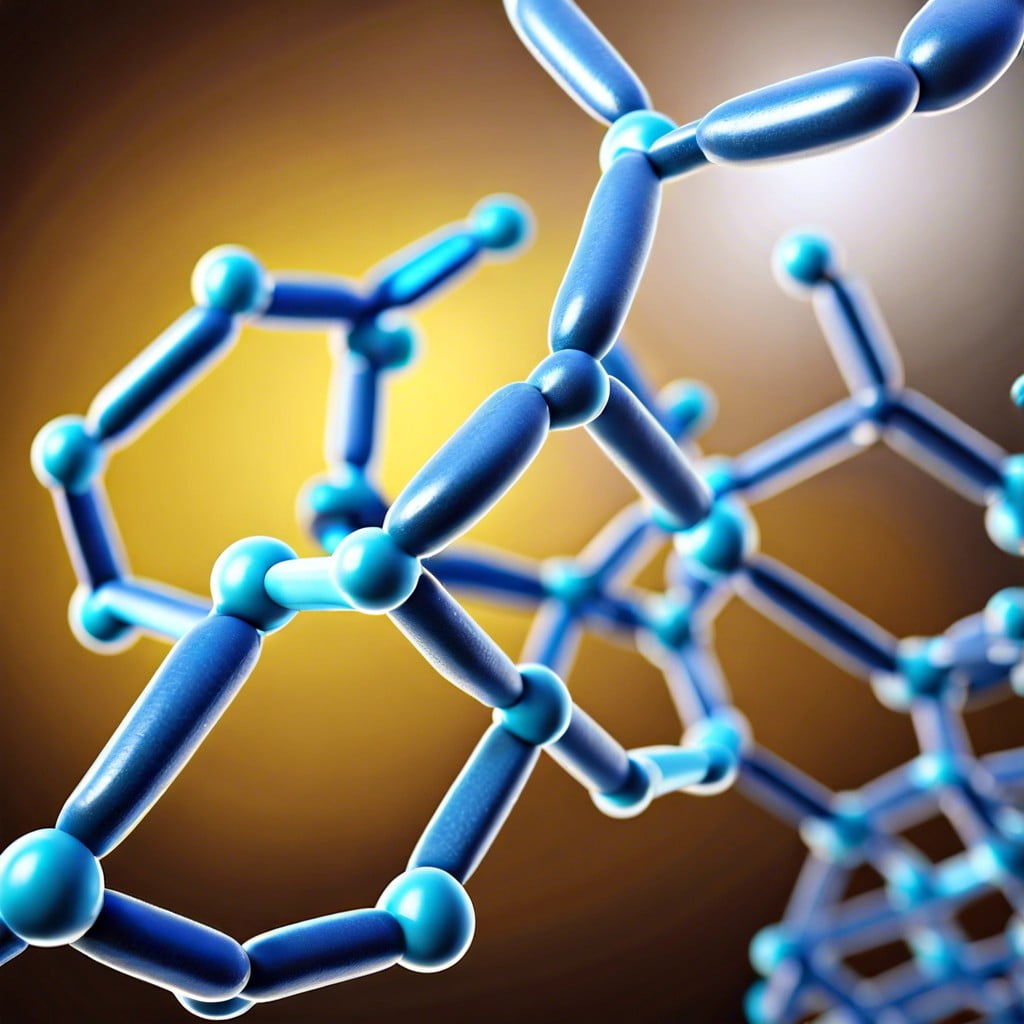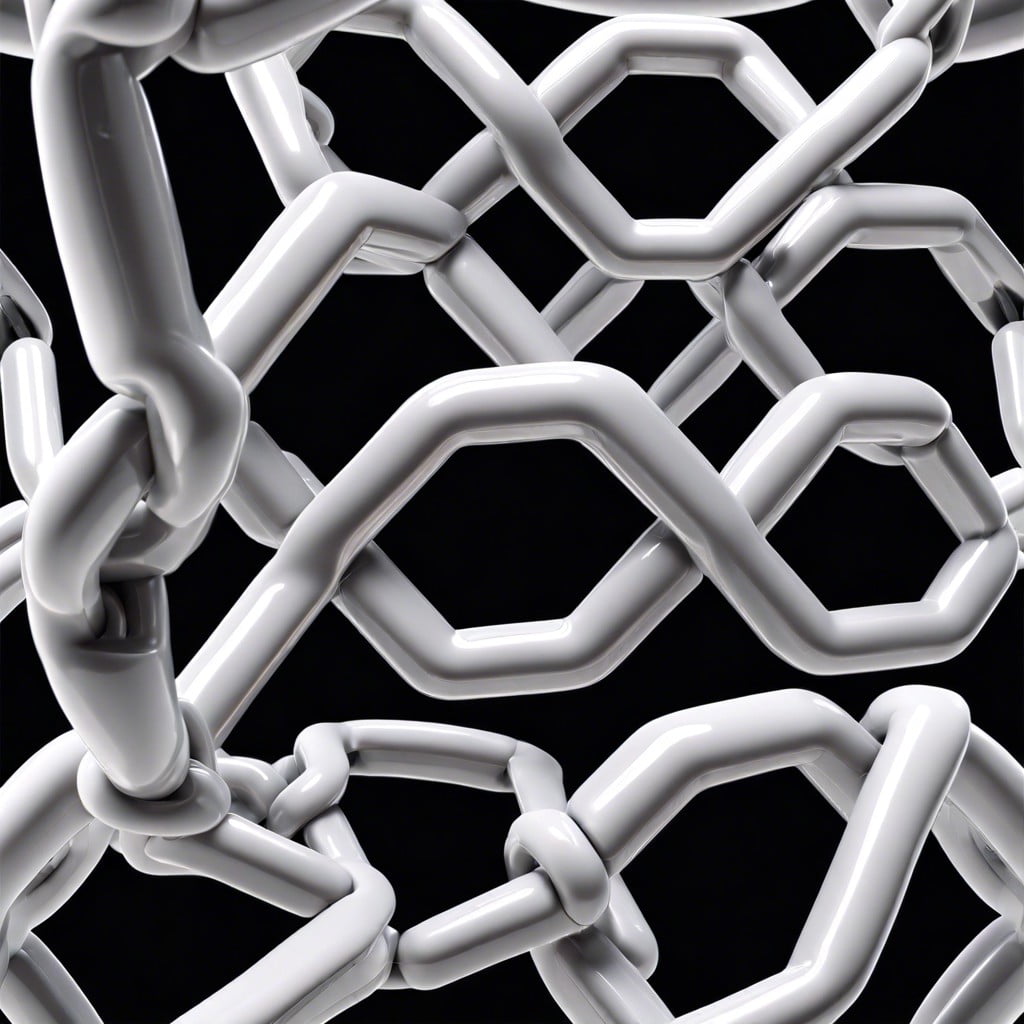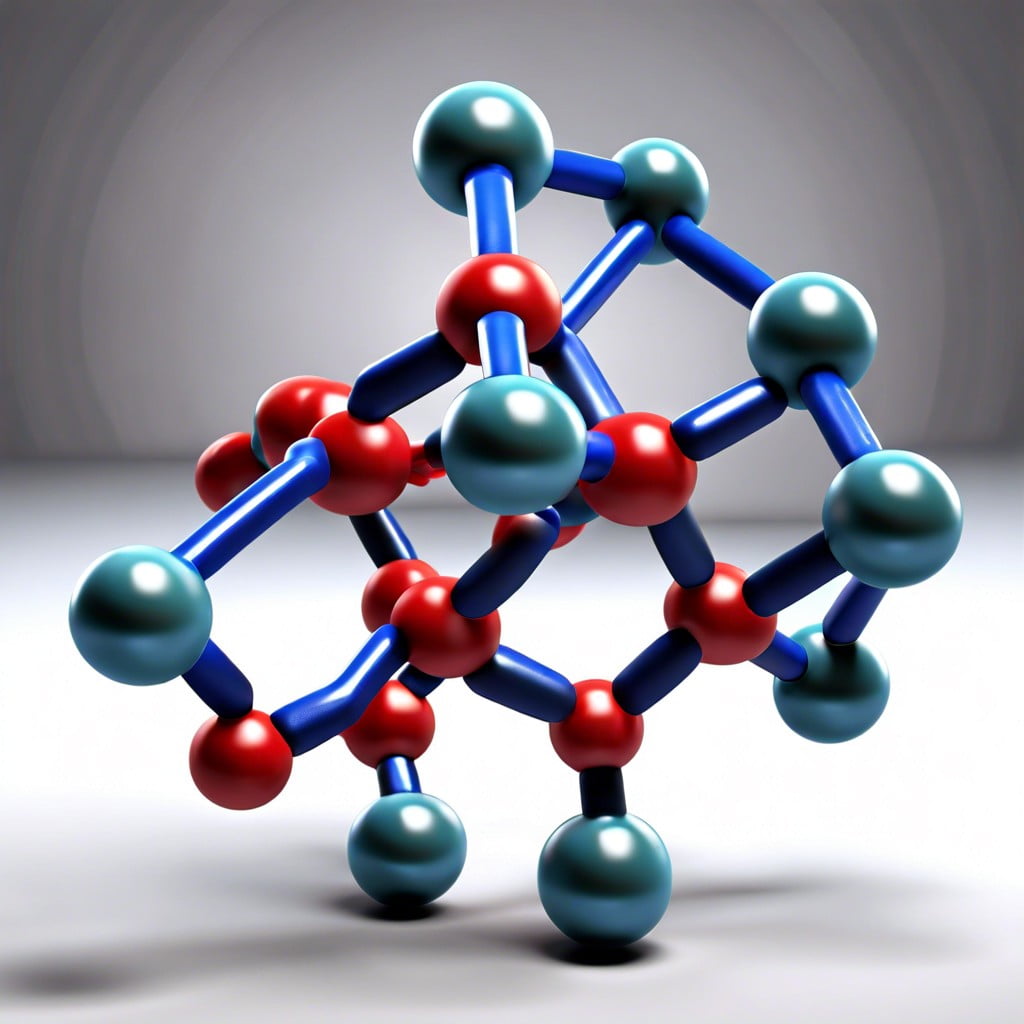In this article, you will learn about the versatile world of polymer plastics and their significant role in modern construction.
Key takeaways:
- Polymers are long chains of molecules with diverse properties.
- Plastics are a type of polymer that can be molded.
- Polymers exhibit properties like durability, lightweight, and insulation.
- Polymer plastics have applications in insulation, piping, flooring, roofing, adhesives, and coatings.
- Polymer plastics have an environmental impact due to their non-biodegradability and greenhouse gas emissions.
What You Will Learn
What Is Polymer?

Polymers are long chains of molecules, linked by strong chemical bonds. These chains consist of repeating subunits called monomers.
Picture a train where each car is a monomer; when linked together, they form a long polymer chain, which is the train itself.
Natural polymers are abundant, like cellulose in plants or proteins in the human body. Synthetic polymers, on the other hand, are man-made and designed with specific characteristics in mind. The process of creating synthetic polymers involves a reaction known as polymerization, where monomers are chemically bonded into this chainlike form.
The variety of polymer structures – linear, branched, or cross-linked – gives rise to a diverse range of materials with unique properties. Depending on their makeup, polymers can be flexible or rigid, durable or biodegradable, resistant to heat or soluble in water. The versatility of polymer structures is what makes them so invaluable in various applications, including construction.
Differences Between Polymer and Plastic
Polymers are large molecules composed of repeating structural units, while plastics are a type of polymer that can be molded into various shapes. All plastics are polymers, but not all polymers are plastics. For example, DNA is a polymer but not a plastic.
Plastics often contain additives that enhance their properties, such as plasticizers for flexibility, stabilizers for durability, and fillers for cost reduction.
Polymers can be either synthetic, like nylon, or natural, like rubber, whereas plastics are typically synthetic. The term “plastic” generally refers to the properties of these materials—such as malleability—rather than their chemical composition.
Properties of Polymers and Plastics
Polymers exhibit a wide array of properties that make them extremely versatile in construction applications. Some of these properties include:
- Durability: They resist wear and tear, making them ideal for high-traffic areas.
- Lightweight: Their low density eases transportation and handling during construction.
- Thermal Insulation: Polymers have low thermal conductivity, which helps in energy conservation.
- Chemical Resistance: Many polymers resist corrosion, reducing maintenance needs.
- Flexibility and Strength: Depending on the polymer, some can be extremely flexible or incredibly strong, catering to different structural requirements.
- Water Resistance: Polymers can be impermeable to water, preventing moisture-related damages.
- Customizability: They can be engineered to assume various textures, colors, and shapes.
Understanding these properties enables architects and builders to select the most appropriate polymer plastic for their specific construction needs.
Applications of Polymer Plastics in Construction
Polymer plastics offer several advantages in construction due to their versatility, durability, and cost-effectiveness. Here are some key applications:
Insulation: Foam polymers provide excellent thermal insulation, reducing energy costs by keeping buildings warm in winter and cool in summer.
Piping: Polyvinyl chloride (PVC) pipes are commonly used for their lightweight, easy installation, and resistance to corrosion compared to traditional materials like copper.
Flooring: Vinyl flooring, made from polymers like PVC, is durable, water-resistant, and available in various designs to suit aesthetic preferences.
Roofing: Polymer-based roofing materials can mimic traditional shingles’ look and offer better longevity, resistance to weathering, and lower maintenance needs.
Adhesives and Sealants: These are critical in construction for joining materials and ensuring airtight and watertight seals, providing structural integrity.
Paints and Coatings: Acrylic and epoxy polymers in paints and coatings protect surfaces from moisture, UV radiation, and wear, while also improving appearance.
These points demonstrate how polymer plastics have become integral in modern construction, offering solutions that are both practical and innovative.
Environmental Impact of Polymer Plastics
Polymer plastics’ durability is a double-edged sword: they are resistant to degradation, which is beneficial for long-lasting construction materials, but this attribute also contributes to environmental concerns. These materials can take centuries to break down, leading to increasing volumes of waste in landfills. Moreover, the production of polymer plastics typically involves petrochemicals, resulting in greenhouse gas emissions that are linked to climate change.
Some points to consider in the environmental impact of polymer plastics include:
- Non-biodegradable Nature: Due to their synthetic composition, polymer plastics do not decompose easily, accumulating in ecosystems and potentially disrupting wildlife habitats.
- Recycling Challenges: The complexity of polymer structures means that recycling is not always straightforward, and not all plastics can be efficiently recycled, leading to potential waste management issues.
- Energy Intensive Production: The creation of many polymer plastics is energy-intensive and relies on non-renewable resources like oil and natural gas, contributing to resource depletion.
- Microplastic Pollution: As plastics break down, they create microplastics, which are small enough to infiltrate water systems and harm aquatic life when ingested.
- Emission of VOCs: Certain polymer plastics can emit volatile organic compounds (VOCs) during and after installation in buildings, affecting indoor air quality.
- Lifecycle Assessments: Efforts are being made to analyze the full environmental impact of polymer plastics from production to disposal to foster more sustainable practices.
Addressing these challenges involves a combination of designing for recyclability, developing biodegradable polymers, and adopting circular economy concepts to minimize the environmental footprint of construction materials.
Related reading:





